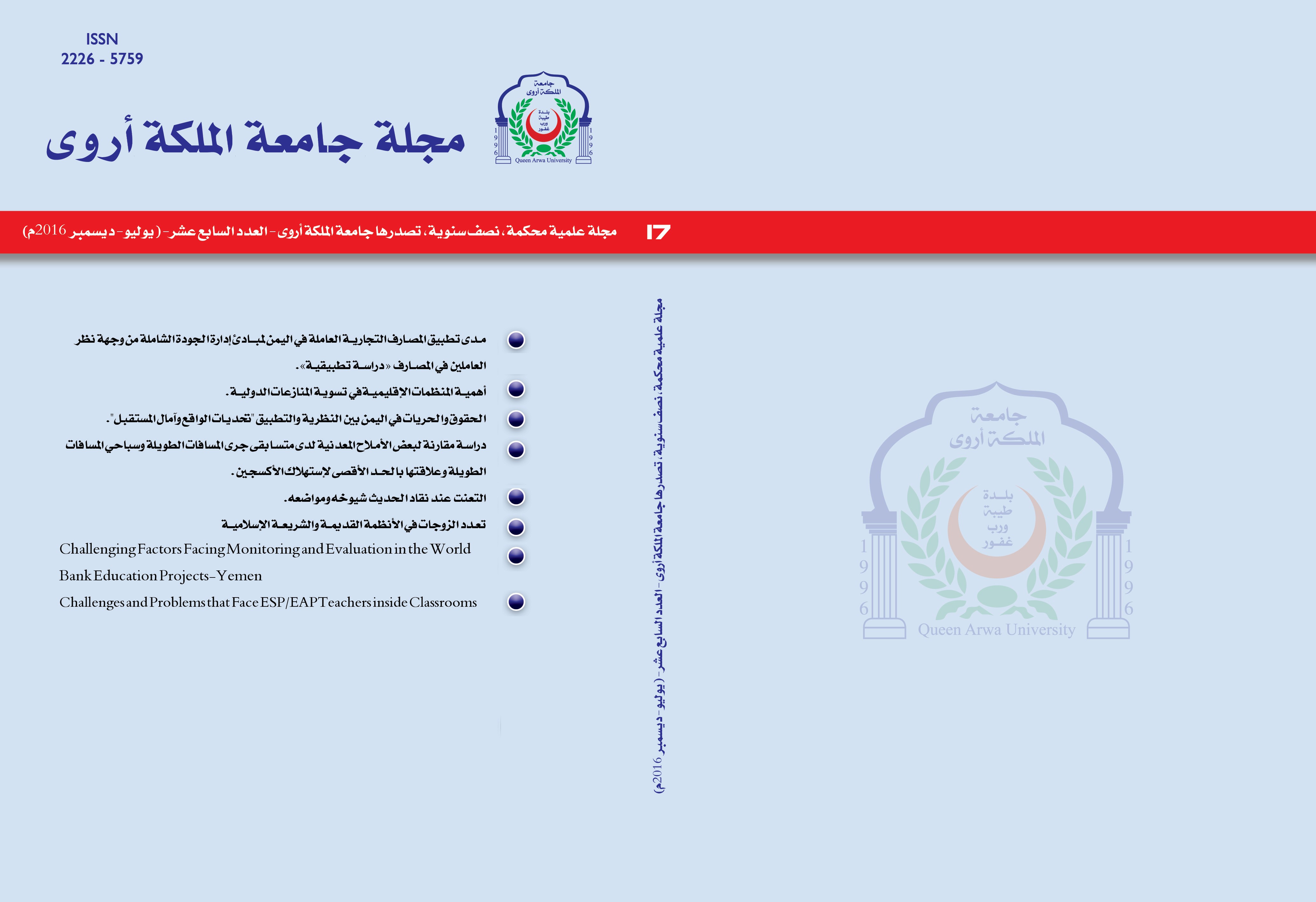A Comparative Study of Certain Mineral Salts in Long-Distance Runners and Long-Distance Swimmers and Their Relationship to Maximum Oxygen Consumption
DOI:
https://doi.org/10.58963/qausrj.v17i17.272Keywords:
Mineral salts , Maximum oxygen consumption , Long-distance athletesAbstract
This research aims to study the changes in the levels of certain mineral salts (calcium, phosphorus, and magnesium) in the blood of long-distance runners and long-distance swimmers before and after physical exercises, as well as the relationship between these salts and the maximum oxygen consumption. A sample of 14 athletes (7 runners and 7 swimmers) was selected, and the levels of these salts in the blood were measured before and after the exercises using an ergometer. The results showed a decrease in magnesium levels and an increase in calcium and phosphorus levels after physical exercises. Additionally, a correlation was found between magnesium levels and maximum oxygen consumption. The study recommends the importance of magnesium intake to compensate for the loss during prolonged exercises.
Downloads
References
أبو العلا، أ. (1999). مظاهر الكلى الرياضية لدى سباحي المسافات الطويلة. مجلة دراسات التربية الرياضية، جامعة حلوان.
التابعي، ز. (2008). الكيمياء الحيوية الأساسية. دار المعارف.
نوار، إ. (1990). الغذاء والتغذية. جامعة الإسكندرية.
إبراهيم، ب. (1990). الكيمياء الحيوية في المجال الرياضي. دار الفكر العربي.
بهلول، س. (2000). تأثير جري السباحة على توازن سوائل الجسم. الاتحاد الدولي لألعاب القوى للهواة، مركز التنمية الإقليمي، القاهرة.
عبد السلام، س. (1992). تأثير سباحة الزحف على البطن لمسافة 50م، 800م على بعض العناصر المعدنية في الدم. المعهد العالي للصحة العامة.
الجبالي، ع. (1989). ألعاب القوى بين النظرية والتطبيق. المكتب الاشتراكي للآلة الكاتبة والتصوير العلمي.
رمزي، ف. (1991). الكيمياء الحيوية في المجال الرياضي. مطبعة التوني.
غزال، ك. (2001). الفسيولوجيا. دار المعارف.
Bellar, G. A., Maher, J. T., Hartley, L. H., & Wacker, W. E. C. (2001). During Work in The Heat, A Vait Space Environ. Med.
Bergstrom, J., Guarnieri, F., & Hulthman, E. (1999). Carbohydrate Metabolism and Electrolyte Changes in Human Muscle Tissue During Heavy Work. J. Appl. Physiol.
Casomi, L., Gugliemini, G. L., & Reali, M. G. (1990). Changes in Magnesium Concentration in Endurance Athletes. Int. Sports Med.
Comroe, J. H. (1984). Alveolar Ventilation. Physiology of Respiration. Year Book Medical Publisher Inc., Chicago.
Costill, D. A., & Miller, J. M. (2001). Nutrition for Endurance Sport: Carbohydrate and Fluid Balance. Int. J. Sports Med.
Ganong, W. F. (1981). Review of Medical Physiology. Lange Medical.
Glinder, E., & Hecht, D. (1991). Colorimetric Determination with Bound Calmagite of Magnesium in Human Blood Serum. Clin. Chem.
Guglielmini, C., Casoni, I., & Mazzotte, D. (1990). Changes of Magnesium Concentrations in Endurance Athletes. Int. J. Sports Med.
Lamp, D. R. (2011). Physiology of Exercise. Macmillan Publishing Co., Inc.
Lindberg, G. S., Shapiro, Y., & Epstein, N. (2009). Changes in Serum Magnesium Concentration After Strenuous Exercise. J. Am. Coll. Nutr.
Lukaski, H. C., Bolonchuk, W. W., Klevay, L. M., & Milne, D. B. (2007). Maximal Oxygen Consumption as Related to Magnesium, Copper, and Zinc Nutriture. Am. J. Clin. Nutr.
Maha, S. I., Abd El Salam, S. A., Gabbour, S. N., El Seweify, M., El Mogazy, T., Moussa, Y. I., & El Akary, I. M. (1995). Magnesium Profile and Exercise Performance in Egyptian Athletes. Alexandria Faculty of Medicine, Alexandria University.
Refsum, H. E., Meen, H. D., & Stormm, S. B. (1999). Whole Blood, Serum and Erythrocyte Magnesium Concentrations After Repeated Heavy Exercise. J. Clin. Lab Invest.
Rose, L. I., Carroll, D. R., Lowe, S. I., & Peterson, E. W. (1990). Serum Electrolyte Changes After Marathon Running. J. Appl. Physiol.
Downloads
Published
Issue
Section
Categories
License
Copyright (c) 2024 by the Author(s) mentioned in this article.

This work is licensed under a Creative Commons Attribution 4.0 International License.













